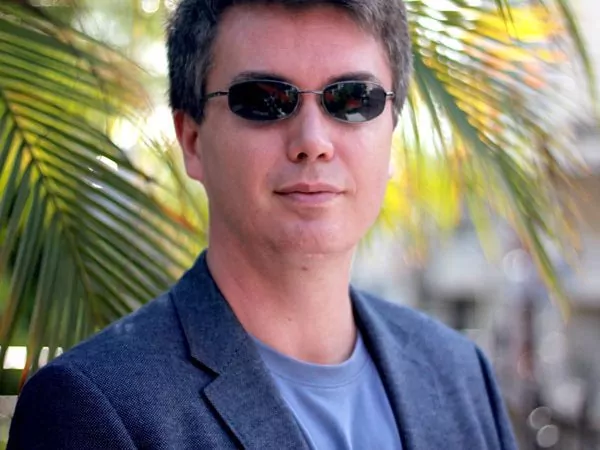
Options For Obtaining Second Citizenship And A Second Passport Through Residency
Citizenship Through Residency—Understanding Your Best Options
The super-rich have a growing number of options for obtaining second passports through economic citizenship. These programs are most attractive to the wealthy from countries whose passports don’t allow for much visa-free travel—Russia, China, and the countries of the Middle East, for example. Spending anywhere from US$100,000 to more than US$2 million depending on the country, those paying for second passports see them as investments for their future and that of their children.
Grenada is one of the latest nations to put a Citizenship Investment Program in place (having closed their previous program in 2001). The program they have today requires an investment of at least US$310,000 (including fees) in an “approved” real estate project on the island. As only one project has been approved, you have little choice where to put your money.
St. Kitts & Nevis and Antigua & Barbuda also offer invest-in-real-estate-for-citizenship programs. These come with higher investment requirements (US$400,000) but at least give you have more than one option in each case for where to invest. On the other hand, none of the real estate investment options in any case is really a sound investment. You’re putting up your money for the passport, not the property opportunity, and hoping that maybe you’ll get your initial capital back someday.
As the number of super-rich in emerging markets grows, more countries are trying to get in on the action. As recently as a few years ago, the only two legitimate economic citizenship programs on offer were from Dominica and St. Kitts & Nevis. In the last six months, Antigua & Barbuda and Grenada have thrown their hats into the ring…as has Malta.
Malta’s program was controversial when they launched it, so they made some adjustments. It’s a fast-tracked citizenship opportunity, but you have to be resident in the island nation for at least 12 months before you qualify for naturalization. The worse news is that the investment requirement works out to more than US$1.5 million.
If you’re not one of the world’s super-rich, don’t despair. You can still obtain a second passport; it will just take you a little longer. If you’re not up for making the big up-front investment, your option for becoming a naturalized citizen of another country is to be resident in that country for a specified period of time. That period ranges from three years in Uruguay if you’re married (five years if you’re single) to 20 years in Andorra. Most countries have five-year residency requirements.
In Belize, establishing residency can be as simple as showing up and renewing your tourist visa every month for a year.
Affordable Residency Options
Many countries make it possible to obtain residency through investment. One of the most affordable such options is offered by Colombia, where you can invest as little as US$35,000 (depending on the exchange rate) in a program that results in residency. Portugal is on the upper end of this scale; the required investment for residency in this country is €500,000 in real estate. Generally speaking, the better the passport, the higher the investment requirement for residency.
Here’s the most important thing to keep in mind if you’re shopping residency programs with the ultimate goal of obtaining a second passport. Before you invest, make sure you understand the residency requirements as they apply to potential naturalization. In addition to legal residency, most countries require actual physical presence, both to maintain residency and to qualify for naturalization. Sometimes those rules aren’t written in the statutes so you should speak with an immigration attorney who has experience with naturalization before starting down any path.
For example, Ireland requires 60 months of “reckonable” residency in a nine-year period of anyone who would apply for Irish naturalization. Of those 60 months, the final 12 must be consecutive and must immediately precede your naturalization application. In Panama, the requirement is five years of permanent residency status. That means that time under a temporary residency permit (which, for most visa programs, is what you get before you’re eligible for permanent residency status) doesn’t count toward the time required to be eligible for naturalization.
So, again, make sure you both understand and are willing to follow all the associated residency rules before committing to any citizenship-through-residency program. Otherwise, you might want to try saving up your cash to buy yourself a passport.
Lief Simon
“Lief, Social Security disability recipients cannot reside outside United States. You should explain this to your readers.”
J.C.
The Social Security Administration (SSA) manages two disability payment programs—Social Security Disability and Supplemental Security Income (SSI).
Social Security Disability is true disability income that can be received at any age as long as you’re disabled. These payment come from the SSA system and are treated the same as regular Social Security, i.e. you can continue to be paid even if you move outside of the United States as long as you still qualify. You can read more on this here.
SSI is administered by the SSA, but the funds come from the general treasury rather than the Social Security trust fund. These payments are available to anyone who is over 65, has low income, AND is blind or disabled. Under this program you are no longer eligible if you move outside of the United States. Read more about this here.



